Driving Forces of Wind Resources in a Changing Climate
Observed and future changes in wind resource
Wind resources show different degrees of variability in space and time. Observational data shows that, since the 1970s, near-surface average winds have likely weakened over all land areas with good observational cover. Over the ocean, near-surface average winds likely strengthened over 1980-2000, but divergent estimates lead to low confidence thereafter (IPCCAR6-WGI, 2021).
At the global level, it is expected that the climate change impact on future wind resources will be limited. Regional studies, however, show that wind resources are projected to increase over Northern Europe and decrease over Southern Europe. In North America, various studies have low agreement for the changes on future resources, in part because the inter-annual variability is larger than the projected changes due to climate change. For South America, some studies find increases in wind resources in windy areas (IPCC AR6 WGIII, 2022).
In general, the compounding of the anthropogenic climate change signal with high spatial and temporal wind variability can lead to large uncertainties in the projected impacts of climate change on wind resources.
Understanding the bigger picture
Given this, the question arises: which factors control or contribute to past and potential future changes of wind resources? The reviewed published literature identifies three main physical arguments that can explain the projected changes at large (subcontinental to continental) scales with respect to anthropogenic global warming.
Arctic amplification
The reduction of average wind speeds in the mid latitudes can be partly attributed to the unevenwarming of the surface at different latitudes. This phenomenon of faster warming at higher latitudes than at lower latitudes is commonly referred to as arctic amplification. The resulting decrease of the Northern Hemisphere equator-to-pole temperature gradient favours a reduction of the thermal winds, resulting in the declining of the surface wind speeds over the mid-latitudes (Barnes et al., 2015).
.avif)
Increased surface land-sea temperature contrast
In the tropics, on the other hand, warming over land happens at a faster pace than over sea. The result is an increased land-sea contrast in surface temperature, leading to higher average surface wind speed in many areas. Climate models project this trend to intensify under global warming. An intensification of the land-sea thermal contrast could lead to stronger monsoons in the Northern Hemisphere and strengthened surface wind over subtropical regions.
.avif)
Uneven warming of the atmosphere at different heights
A third, possibly less explored hypothesis (Deng et al., 2022) discusses the impact of uneven warming of the atmosphere at different vertical levels on surface winds. The mid-latitude (20N-70N) air temperatures are projected to increase at all pressure levels, but at different rates, with the largest warming at around 300 hPa. Due to this uneven warming, the mid-latitude troposphere becomes more stable. The anomalous temperature inversion prevents vertical airmixing and inhibits the downward transportation of large-scale eddies in the upper troposphere, causing weaker wind speeds in the middle and lower tropospheres.
Other factors that affect projections of future wind resources
As mentioned before, many areas exhibit large interannual, decadal, and multi-decadal wind variability. This is particularly important in the short to medium term (next 10 to 30 years) when this variability appears to mask the response to anthropogenic global warming (Zheng et al., 2019; Pryor, 2020; Wohland et al., 2021).
And, last but not least, long-term changes that affect the surface roughness potentially influence the surface wind speed. This includes past and possible future changes in land use and landcover. These factors are determined by the scenarios of land use/land cover changes used as boundary conditions in global climate models (Wohland, 2022).
Outlook
From these general considerations, interesting questions arise. For instance, the above arguments provide the basic 'physics' underlying large-scale changes, but what are the nuances of the local scale? Moreover, what are the drivers of interannual to multidecadal variability at the local scale, and how do they interplay with the anthropogenic climate signal?
Stay tuned, since we will certainly dive into more details of some of these questions in future articles.
Further reading
IPCC AR6-WGI, 2021:
https://www.ipcc.ch/report/ar6/wg1/downloads/report/IPCC_AR6_WGI_TS.pdf
IPCC AR6 WGIII, 2022:
https://www.ipcc.ch/report/ar6/wg3/downloads/report/IPCC_AR6_WGIII_FullReport.pdf
Wohland et al., 2021: Wind speed stilling and its recovery due to internal climate variability,
Earth Syst. Dynam., 12, 1239–1251, https://doi.org/10.5194/esd-12-1239-2021
Wohland, 2022: Process-based climate change assessment for European winds using EUROCORDEX and global models. Environ. Res. Lett. 17 124047
Deng et al., 2022: Terrestrial Stilling Projected to Continue in the Northern HemisphereMid‐Latitudes. Earth’s Future 10.
Barnes et al., 2015: The impact of Arctic warming on the midlatitude jet-stream: Can it? Has it?Will it?. WIREs Clim Change 2015, 6:277–286. doi: 10.1002/wcc.337
Pryor et al., 2020: Climate change impacts on wind power generation. Nat Rev Earth Environ 1,627–643. https://doi.org/10.1038/s43017-020-0101-7
Zeng et al., 2019: A reversal in global terrestrial stilling and its implications for wind energy production. Nat. Clim. Chang. 9, 979–985. https://doi.org/10.1038/s41558-019-0622-6






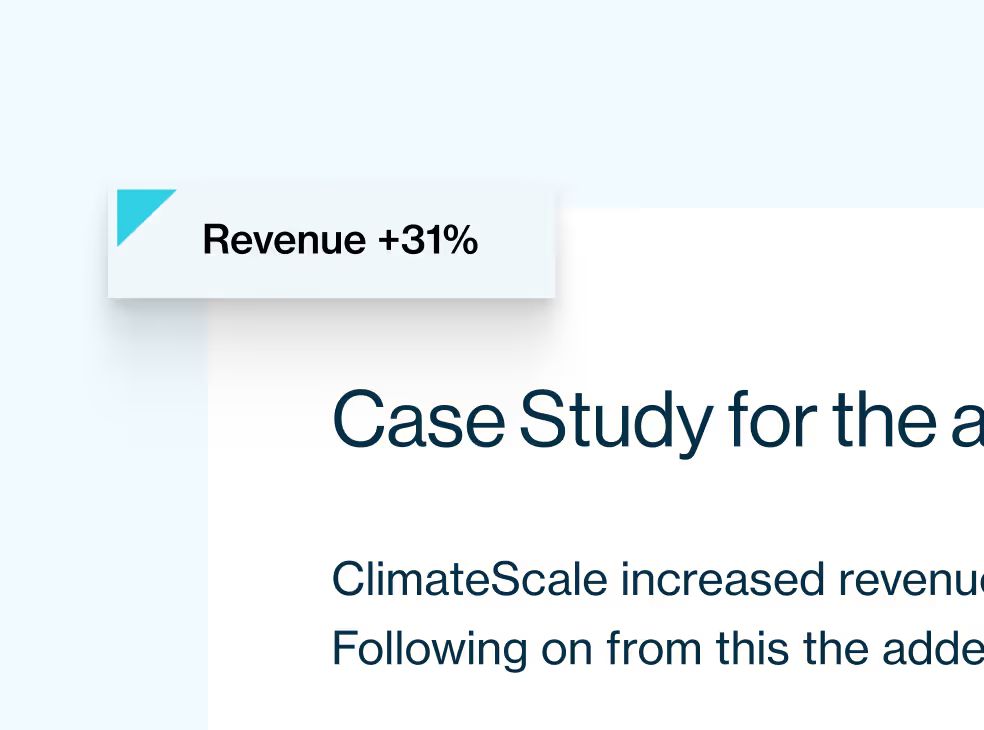




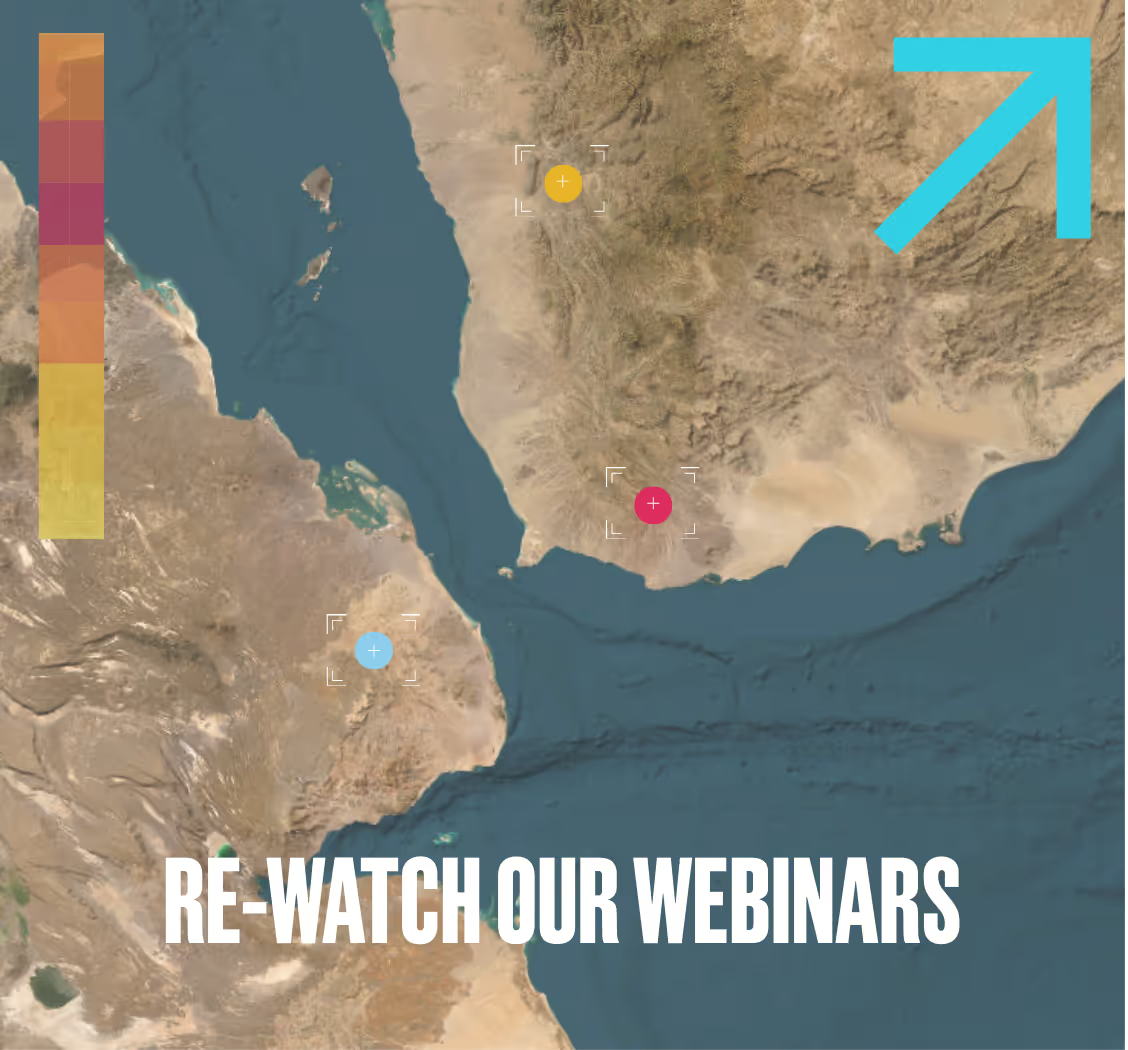

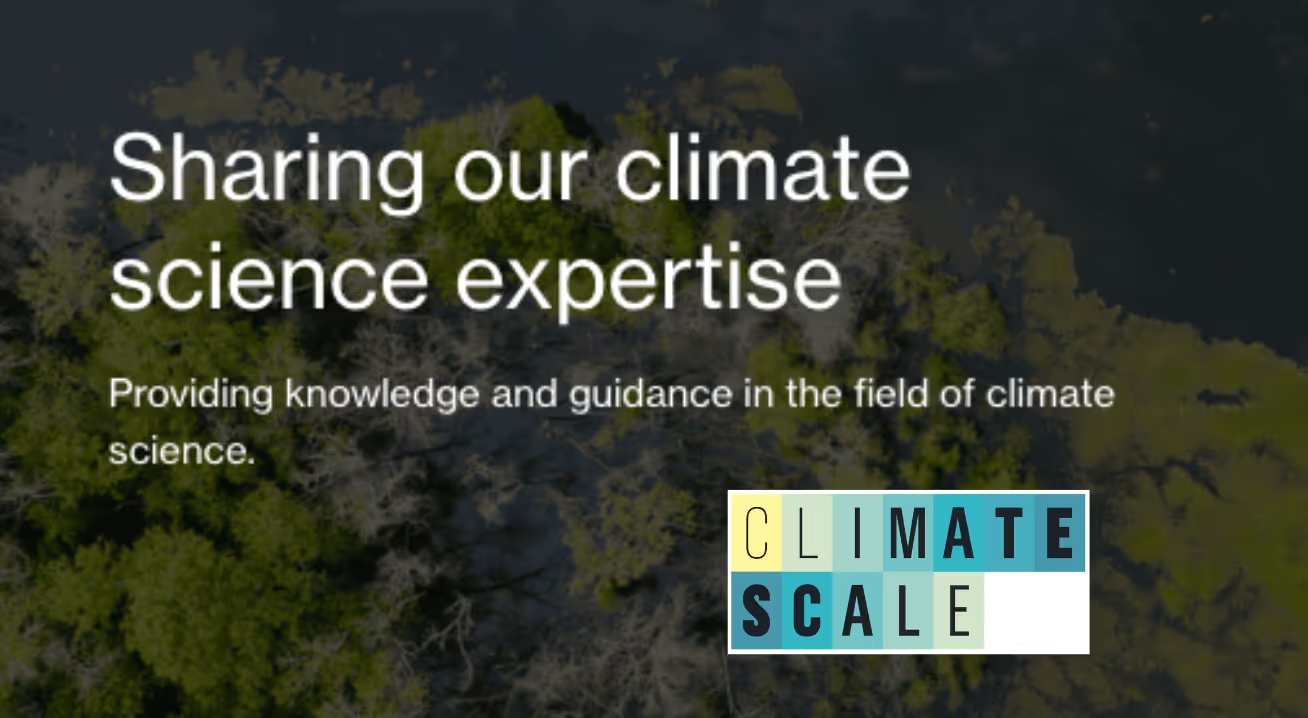

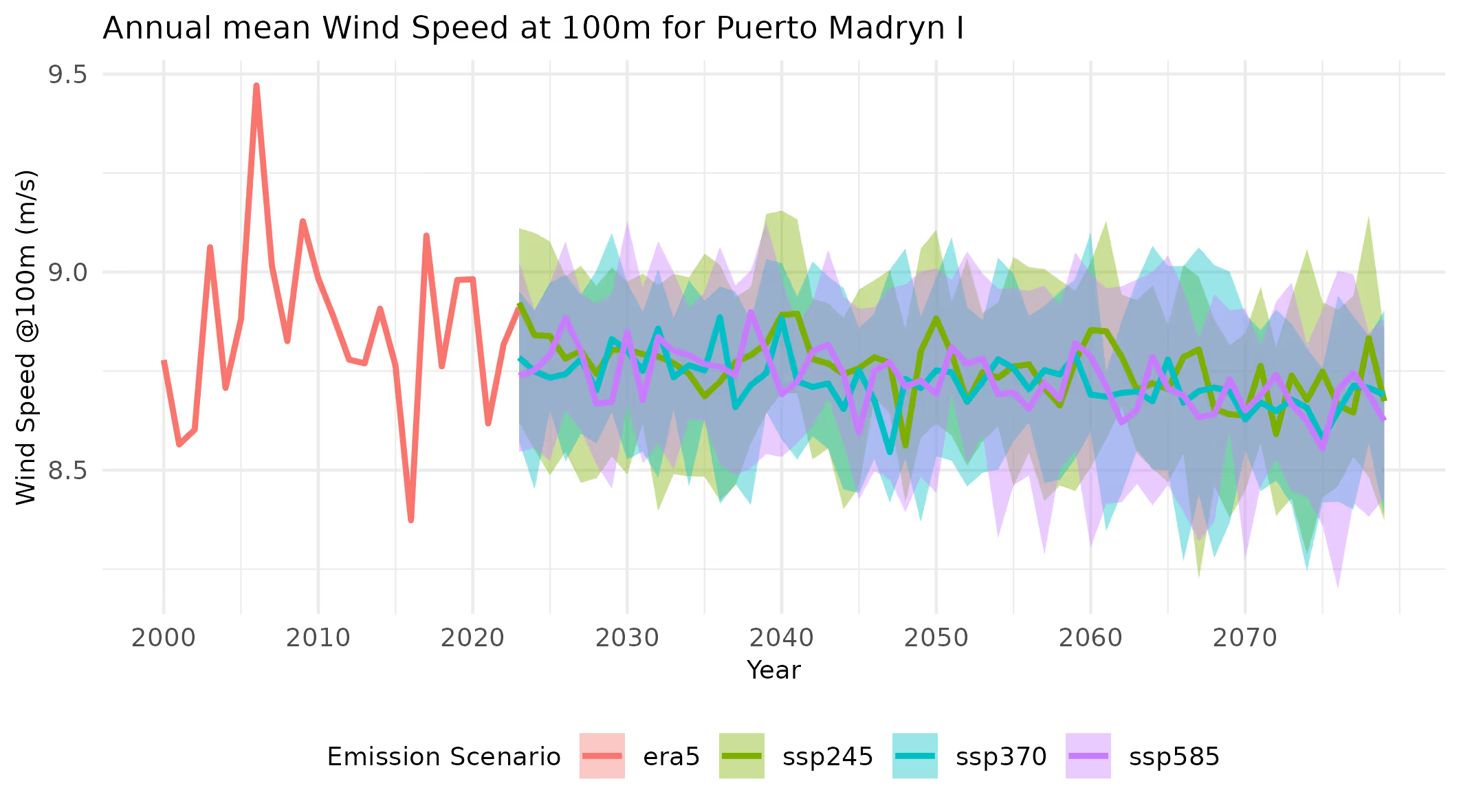

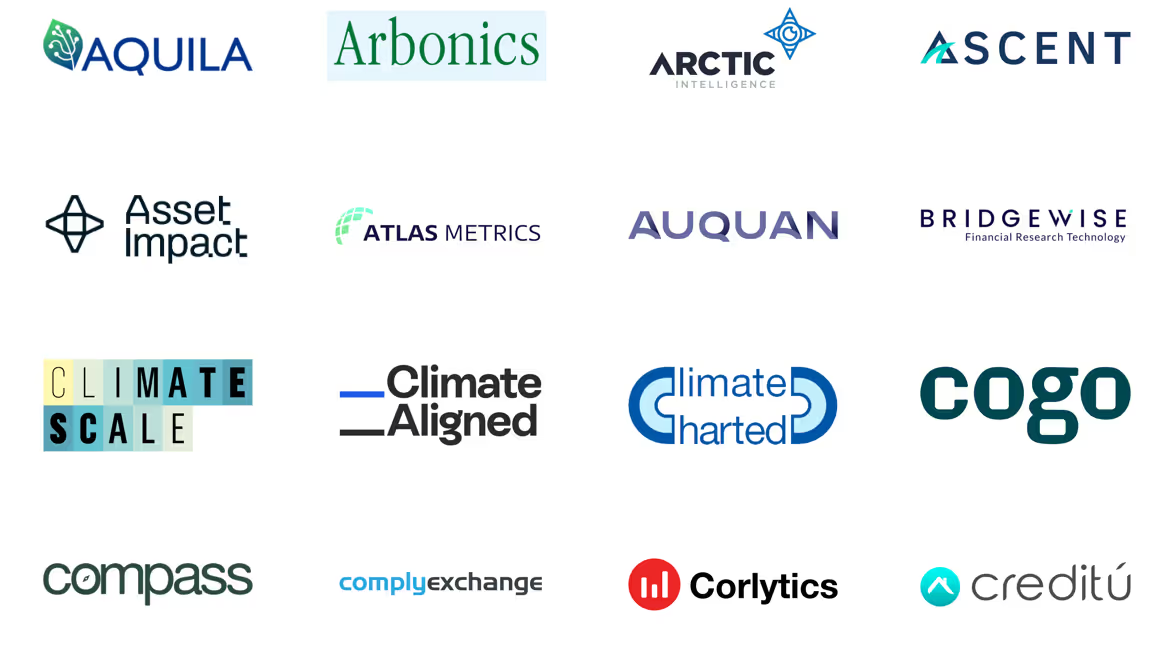
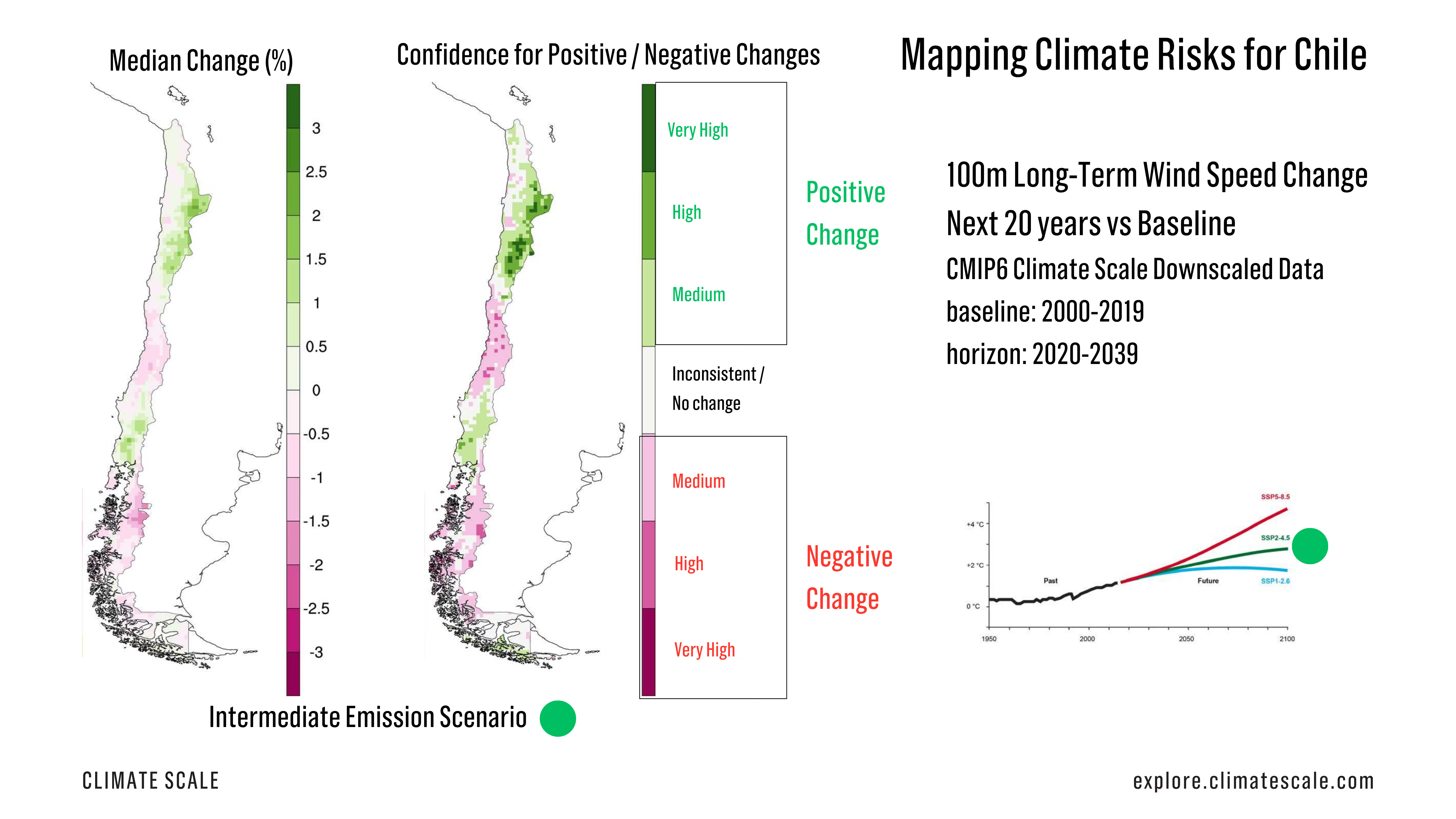
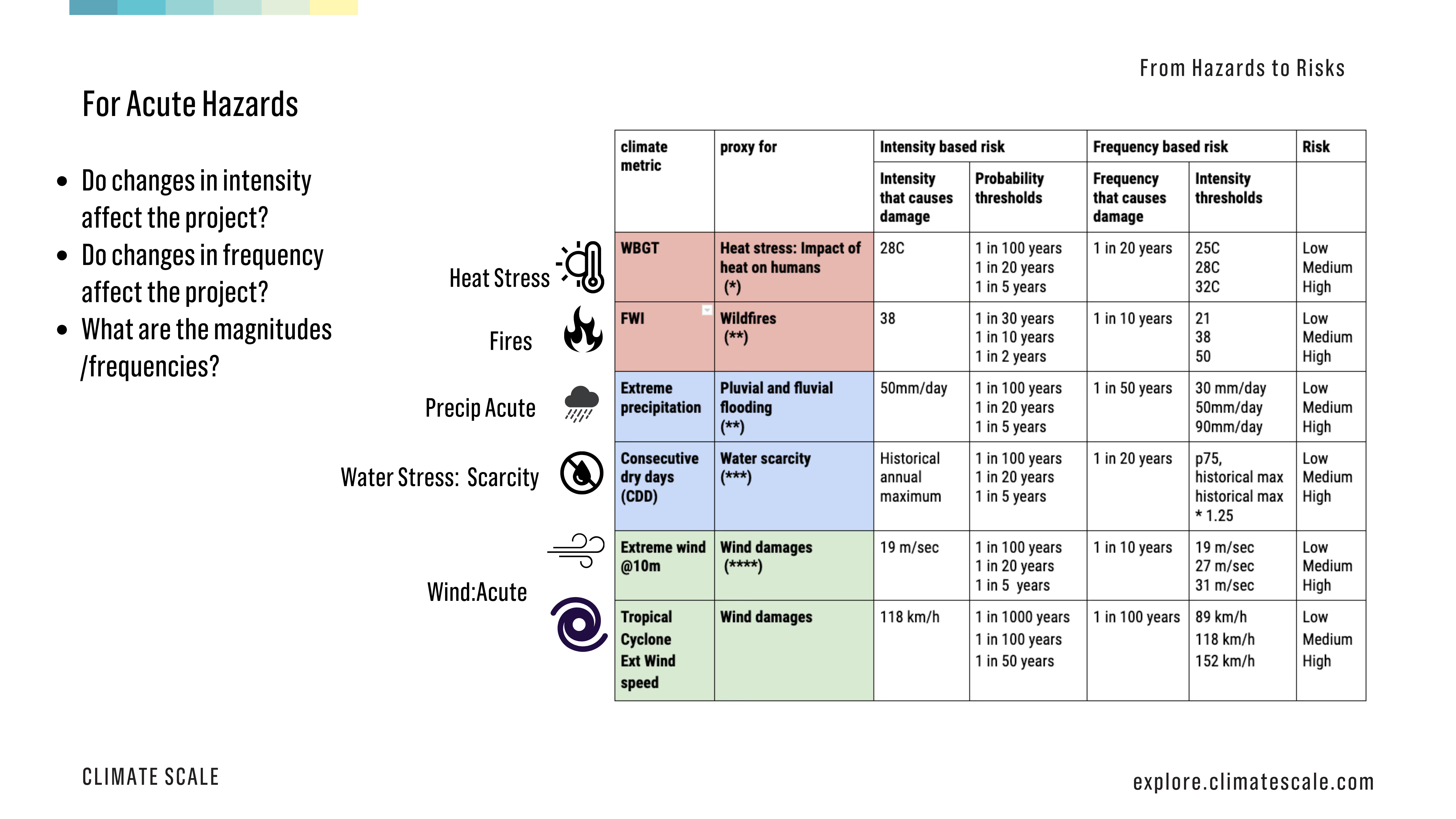
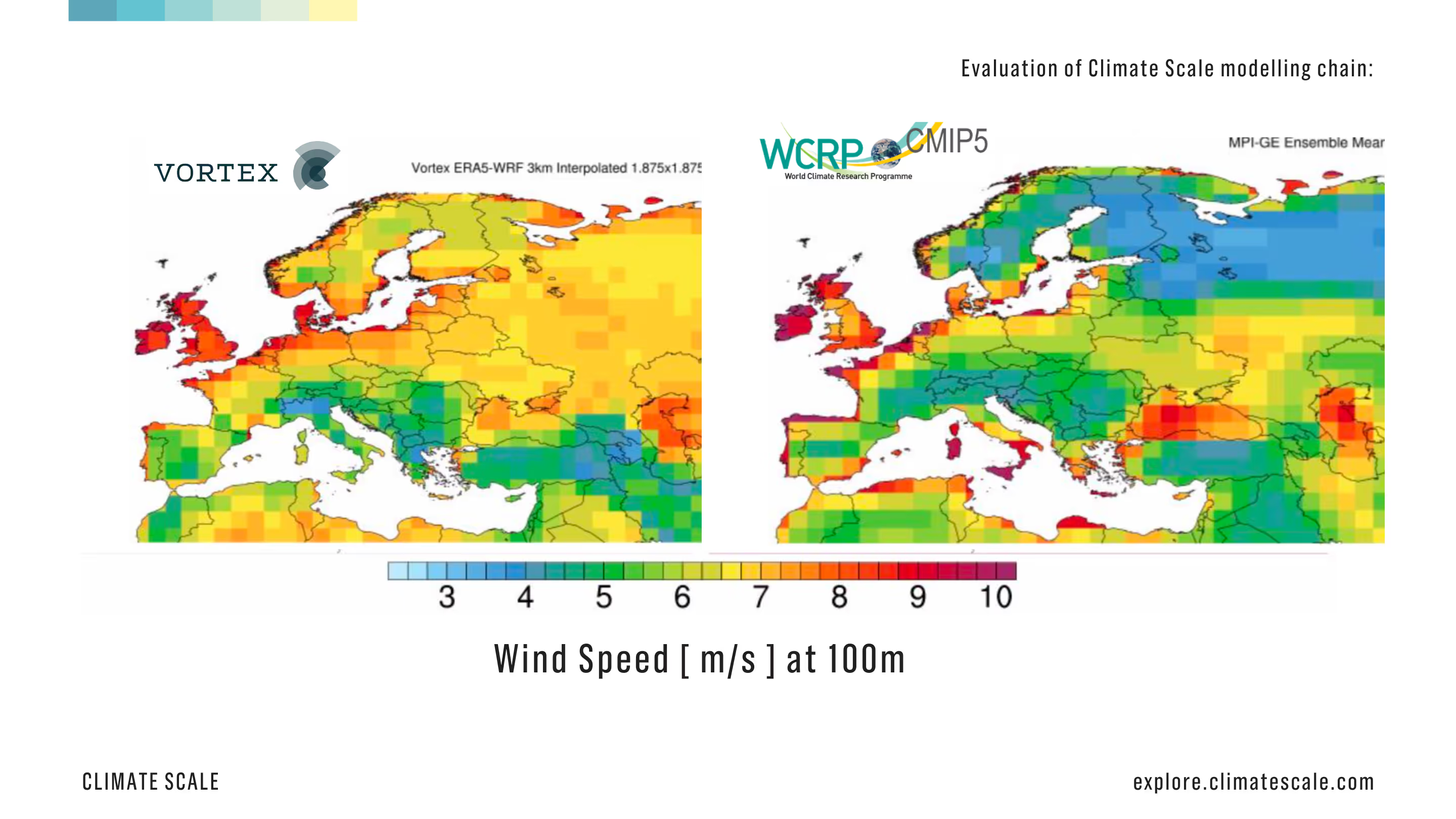
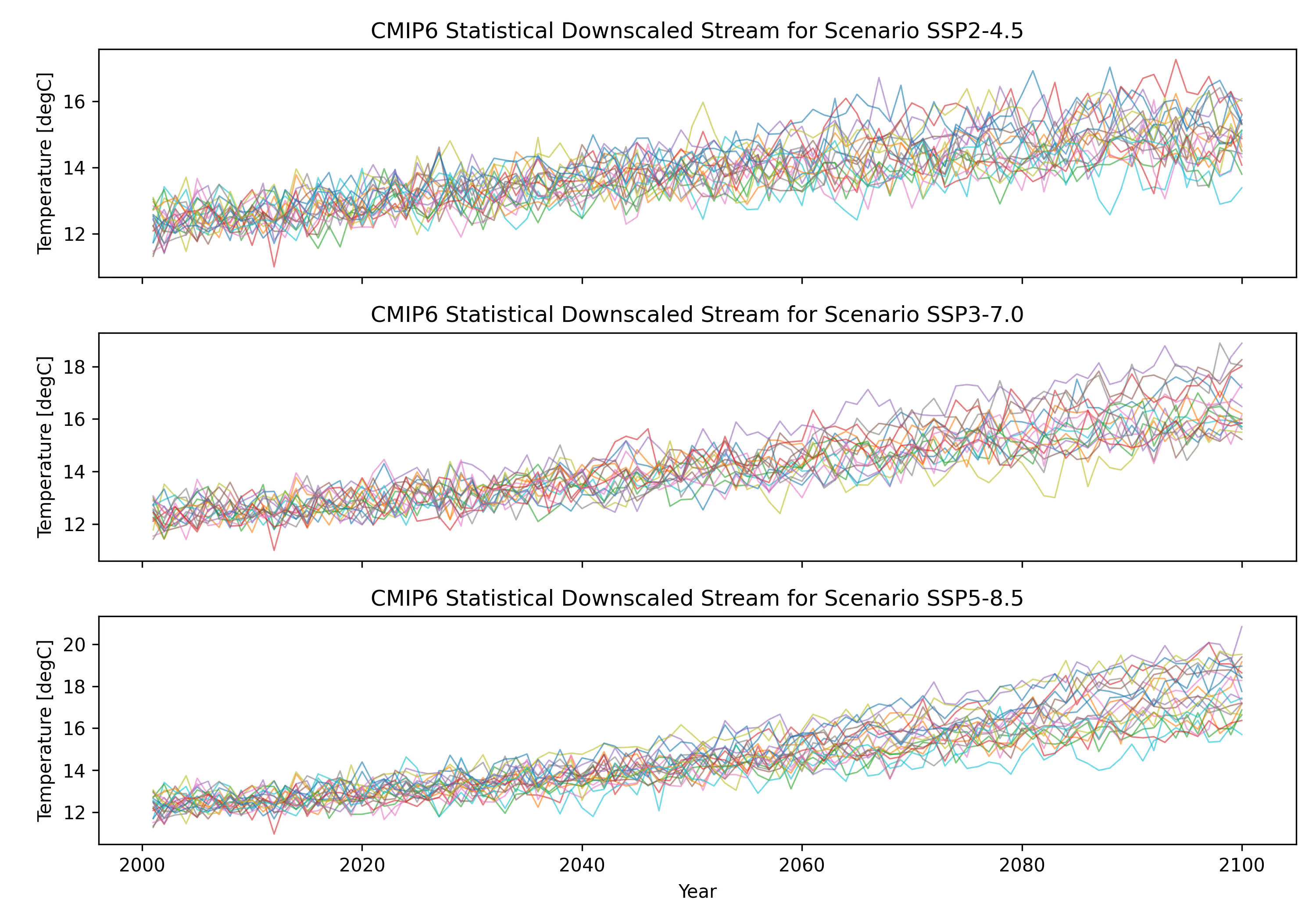
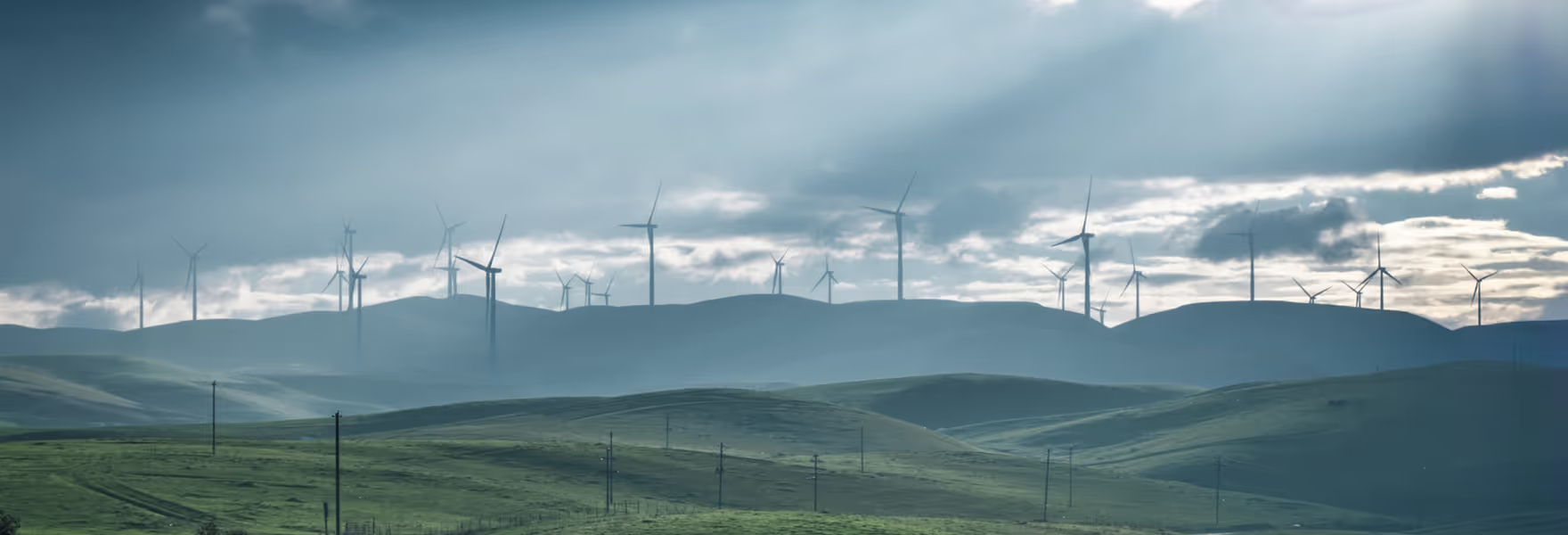
.avif)



